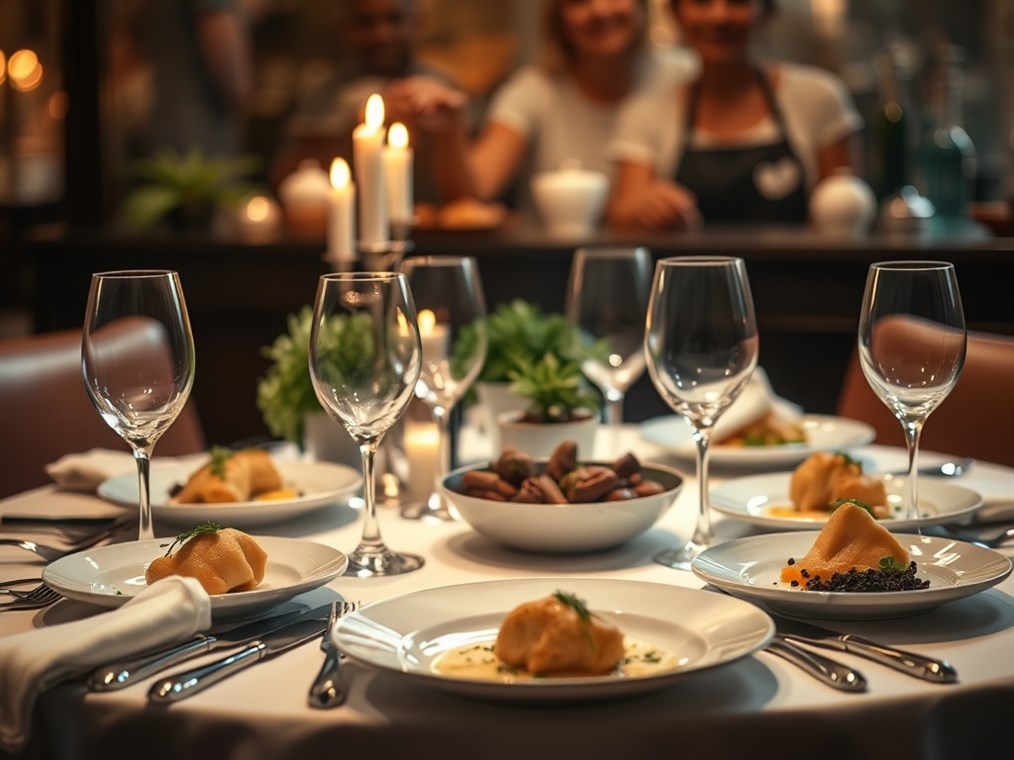Veal: More Than Just Baby Beef – A Culinary Journey
Veal. The very word conjures up images of fancy restaurants and classic European dishes. But what is veal, really? And how do you even cook it? Let’s dive in and explore this often misunderstood meat.
For centuries, veal has been considered a delicacy. Think back to the Bible – remember the “fatted calf”? That’s veal! The Romans certainly knew a good thing when they tasted it, and the tradition spread throughout Europe. Even today, you’ll find veal holding court in French and Italian kitchens.
So, what exactly is it? Simply put, veal is the meat from young calves. We’re talking mostly about the fellas – male calves from dairy breeds that aren’t destined to become future milk producers. Now, according to the USDA, these calves are under a year old when they become veal. Farmers raise them for about six months, and they tip the scales at 500 pounds or more when they’re ready. Veal farming actually hopped across the pond from Europe to the States over a century ago.
Now, things get a little more nuanced when you start talking about types of veal. The terminology can shift depending on where you are in the world. But here are a few common categories to wrap your head around:
- Bob Veal: Think super young. These calves are, well, very young when they’re processed, resulting in smaller cuts.
- Formula-fed Veal (aka “milk-fed,” “special-fed,” or “white” veal): This is the veal most Americans are familiar with. These calves get a special diet – a fortified milk formula plus some solid food. This gives the meat that distinctive ivory or creamy pink color.
- Nonformula-fed Veal (aka “red” or “grain-fed” veal): These calves get a more varied diet – grain, hay, and other solid foods in addition to milk. The result? A darker meat with more of that beautiful marbling we all love.
Okay, enough with the technicalities. Let’s get to the good stuff: eating! Veal is incredibly versatile. It’s delicate, it’s tender, and it can be transformed into some truly spectacular dishes. Here are a few global hits:
- Wiener Schnitzel (Austria): This is the classic. A super-thin veal cutlet, breaded and pan-fried to golden perfection. It’s basically Austria’s national treasure.
- Osso Buco (Italy): Picture this: braised veal shanks, fall-off-the-bone tender, often served with a creamy risotto Milanese. Need I say more?
- Cotoletta alla Milanese (Italy): Think Wiener Schnitzel’s Italian cousin. A breaded veal cutlet, but this time, it’s fried in butter. Oh yes.
- Veal Parmigiana (Italian-American): A breaded veal cutlet, smothered in tomato sauce and melted cheese, usually served with a side of pasta. Comfort food at its finest.
- Blanquette de Veau (France): This is a French ragout, but with a twist. The veal and butter aren’t browned, giving it a lighter, more delicate flavor.
- Veal Piccata (Italy): Thin veal cutlets, sautéed and bathed in a bright, lemony-caper sauce. Simple, yet sublime.
- Veal Marsala (Italy): Veal scaloppini swimming in a rich Marsala wine sauce. Decadent and delicious.
- Saltimbocca alla Romana (Italy): Veal, topped with prosciutto and sage, all marinated in white wine. Saltimbocca literally means “jumps in the mouth” – and trust me, it does!
So, you’re ready to try your hand at cooking veal? Great! But knowing which cut to use is key. Here’s a cheat sheet:
- Veal Chops: These are your “steak” cuts, usually from the rib or loin. They’re tender and perfect for grilling, pan-searing, or even stuffing.
- Veal Cutlets: Thin slices, often from the leg or rib. These are made for breading and sautéing – think schnitzel or piccata.
- Ground Veal: Lean and mild. Use it for meatballs, burgers, or mix it with other ground meats. Pro tip: add a little fat to keep it from drying out.
- Veal Roast: A larger cut from the shoulder or leg. Perfect for a Sunday roast – slice it thin and serve with all the fixings.
- Veal Shanks: The star of osso buco! These come from the lower leg and are begging to be braised until they’re meltingly tender.
- Veal Stew Meat: Cubed veal, usually from the shoulder or leg. Ideal for slow-cooked stews and soups.
- Veal Tenderloin: The crème de la crème. This is an exceptionally tender, boneless cut from the loin. It’s mild, it’s velvety, and it’s worth the splurge. Pan-sear it quickly, then roast it in the oven. Just be careful not to overcook it – you want it pink in the center.
When it comes to cooking methods, you’ve got options. Tender cuts like chops and cutlets love a good sear on the grill or in a pan. Less tender cuts, like shanks, need a little more love – braising or simmering is the way to go.
A few general tips to keep in mind:
- Veal is lean, so don’t be afraid to add a little fat to the pan.
- It cooks quickly, so keep a close eye on it. A meat thermometer is your best friend here.
- The USDA recommends cooking veal to 145°F (63°C) for medium-rare, 160°F (71°C) for medium, or 170°F (77°C) for well-done. And don’t forget to let it rest for a few minutes before slicing!
Finally, let’s talk flavor. Veal plays well with a ton of different seasonings. Rosemary, thyme, basil, parsley, garlic, butter, lemon juice, even a little chili pepper – they all work wonders.
Veal might not be the everyday meat for most of us, but it’s definitely worth exploring. Whether you’re whipping up a classic Wiener Schnitzel or experimenting with something new, veal offers a unique and delicious culinary adventure. So go ahead, give it a try! You might just surprise yourself.

